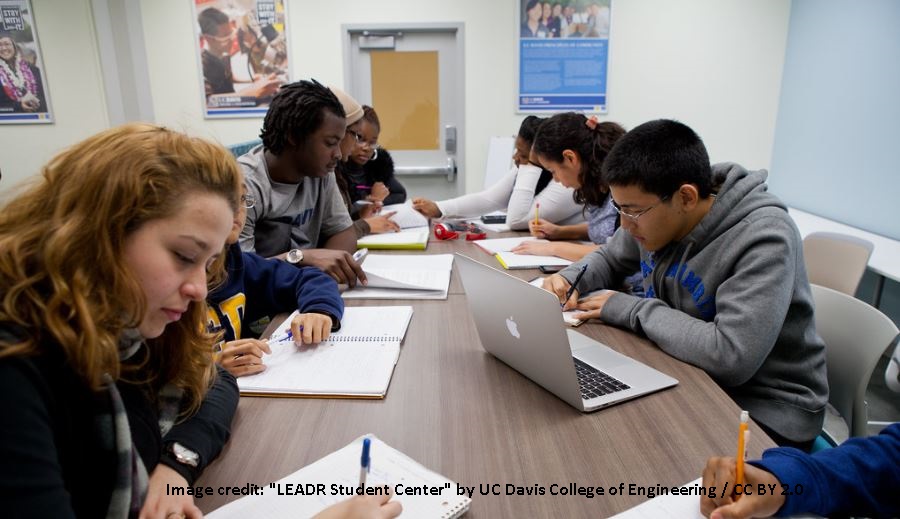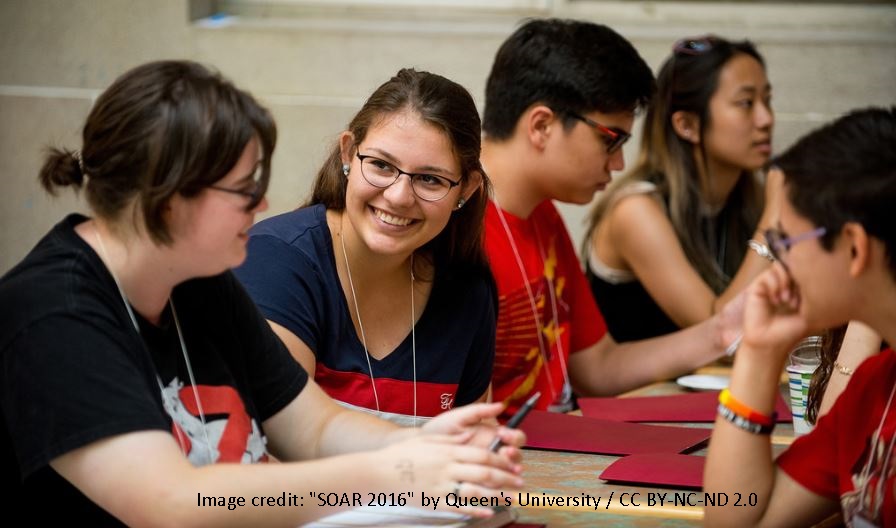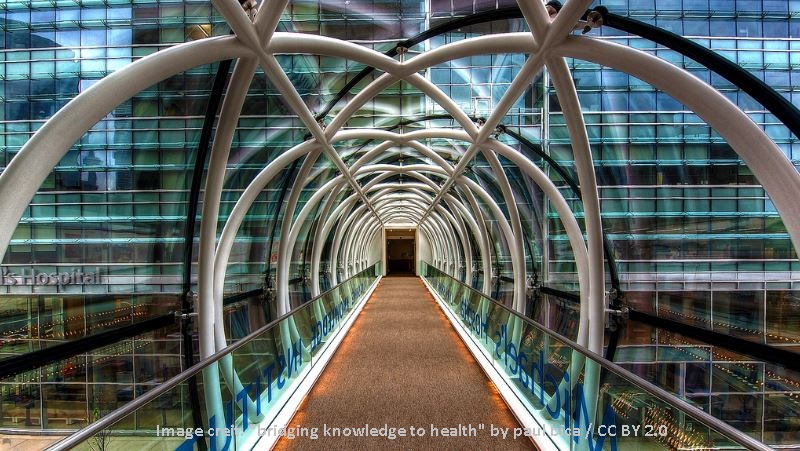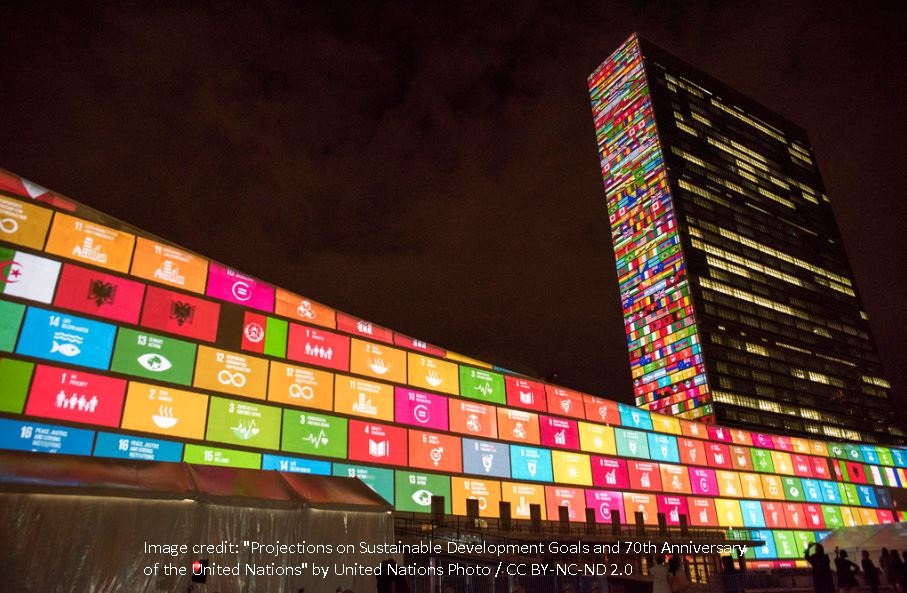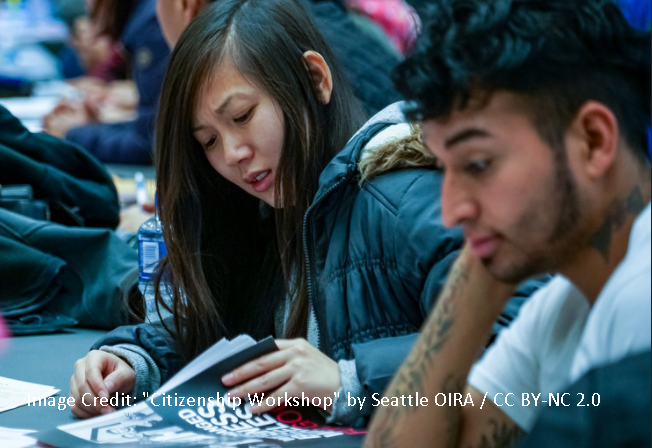Improving academic success through service-learning
Improving academic success through service-learning Patrick Blessinger, Enakshi Sengupta and Taisir Subhi Yamin St John’s University, USA, The HETL Association, USA and the International Centre for Innovaton in Education At the George Washington University geography students enrolled in an urban sustainability course worked with the Anacostia Watershed Society to help restore and sustain the Anacostia River ecosystem. At the University of Wisconsin students worked with Habitat for Humanity to construct housing for low-income families. In addition to tertiary education, service-learning is also used at the primary and secondary school levels, for example, by drawing on National Geographic resources to help students in an earth science course in New York City to think more like scientists by engaging them in real-world watershed sustainability initiatives. These are just a few examples of the many different types of service-learning projects that students are engaged in at different academic institutions. Service-learning defined Service-learning is a teaching strategy, a learning activity [...]


